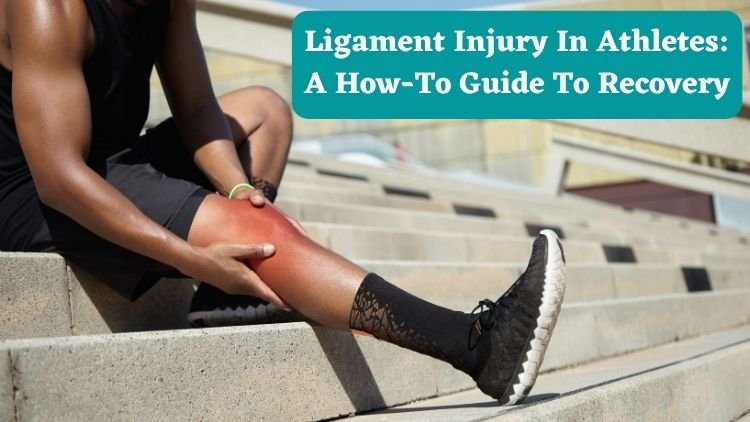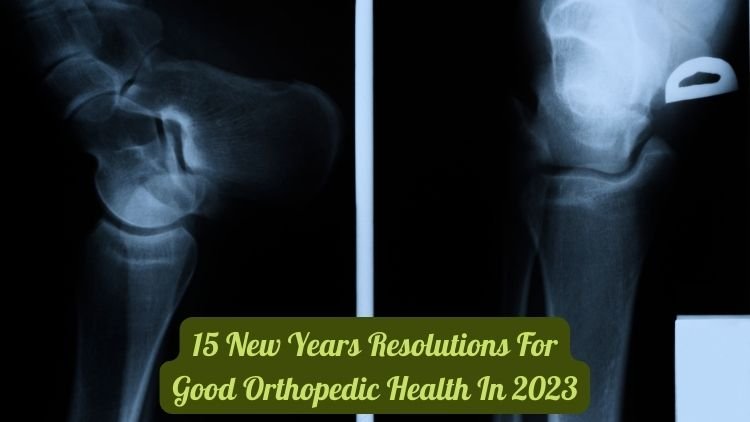As the weather warms up, people with arthritis may experience an increase in joint pain and stiffness. However, with some precautions and adjustments, you can still enjoy the summer while managing your symptoms. And that’s what we will discuss in this blog.
Understanding the effects of warm weather on arthritis
Warm weather can cause inflammation in the joints, leading to discomfort and decreased mobility. This is because heat causes blood vessels to dilate, increasing blood flow to the joints and promoting the release of inflammatory cytokines.
Additionally, high humidity can make the air feel heavier and more difficult to breathe, which can exacerbate arthritis-related fatigue.
By understanding how weather affects your arthritis symptoms, you can take steps to manage your condition and enjoy the summer months.
Tips for managing arthritis in warmer weather
1) Stay hydrated
Drinking plenty of water is essential for managing arthritis symptoms during warmer weather.
Staying hydrated helps to lubricate the joints, regulate body temperature, and flush out toxins that can contribute to inflammation.
Aim to drink at least 8-10 glasses of water a day, and avoid sugary drinks or alcohol, as they can dehydrate you further.
2) Dress appropriately
Dressing appropriately can help you stay comfortable and protect your joints from overuse. Wear loose-fitting, lightweight clothing that breathes and wicks away moisture.
Choose shoes with good arch support and cushioning, and avoid high heels or flip-flops that can cause additional strain on your feet and knees.
3) Protect your joints from overuse
In warmer weather, it’s important to pace yourself and avoid overusing your joints.
Take breaks as needed, and use assistive devices like braces or canes to help distribute weight and reduce strain on your joints.
Avoid repetitive motions or activities that put excessive stress on your joints, and listen to your body’s signals to avoid overdoing it.
4) Keep a balanced diet
Eating a balanced diet can help reduce inflammation and support joint health.
Choose foods rich in omega-3 fatty acids, such as salmon or flaxseed, and foods high in antioxidants, such as berries or leafy greens.
Limit your intake of processed or fried foods, and aim for a variety of colorful fruits and vegetables to get a range of nutrients.
Recommended Read: A Healthy Diet for Good Orthopedic Health
5) Stay active
Regular exercise is essential for managing arthritis, but it’s important to do so in a way that’s gentle and appropriate for your condition.
In warmer weather, consider low-impact activities like swimming or walking in the early morning or evening when it’s cooler.
Use a gentle stretching routine to warm up your joints before exercising, and listen to your body’s signals to avoid overexertion.
6) Avoid overexposure to the sun
Excessive sun exposure can cause dehydration, increase inflammation, and lead to skin damage. Protect your skin by wearing sunscreen, hats, and clothing that covers your arms and legs.
7) Use ice or cooling techniques
If you experience swelling or inflammation in your joints, try using ice packs or cooling techniques to alleviate discomfort.
You can also try taking cool baths or showers to help lower your body temperature and reduce joint inflammation.
8) Maintain a consistent sleep schedule
Sleep is essential for managing arthritis symptoms, as it allows your body to repair and recover.
To promote better sleep, establish a consistent sleep schedule, avoid caffeine and alcohol in the evening, and keep your bedroom cool and dark.
9) Visit an orthopedic doctor for a check-up
Regular check-ups with an orthopedic doctor are important for managing arthritis and ensuring that you’re receiving the best treatment possible.
They can monitor your condition, adjust your treatment plan as needed, and provide guidance on the best arthritis treatment in Kolkata or the best rheumatoid arthritis treatment in Kolkata.
They can also offer advice on lifestyle changes and modifications that can help you manage your symptoms and improve your quality of life.
Final words
These are some of the common tips to help you manage arthritis in warmer weather. If you have any questions or are experiencing any pain or symptom, consult an orthopedic doctor today.









